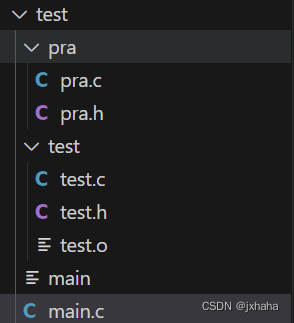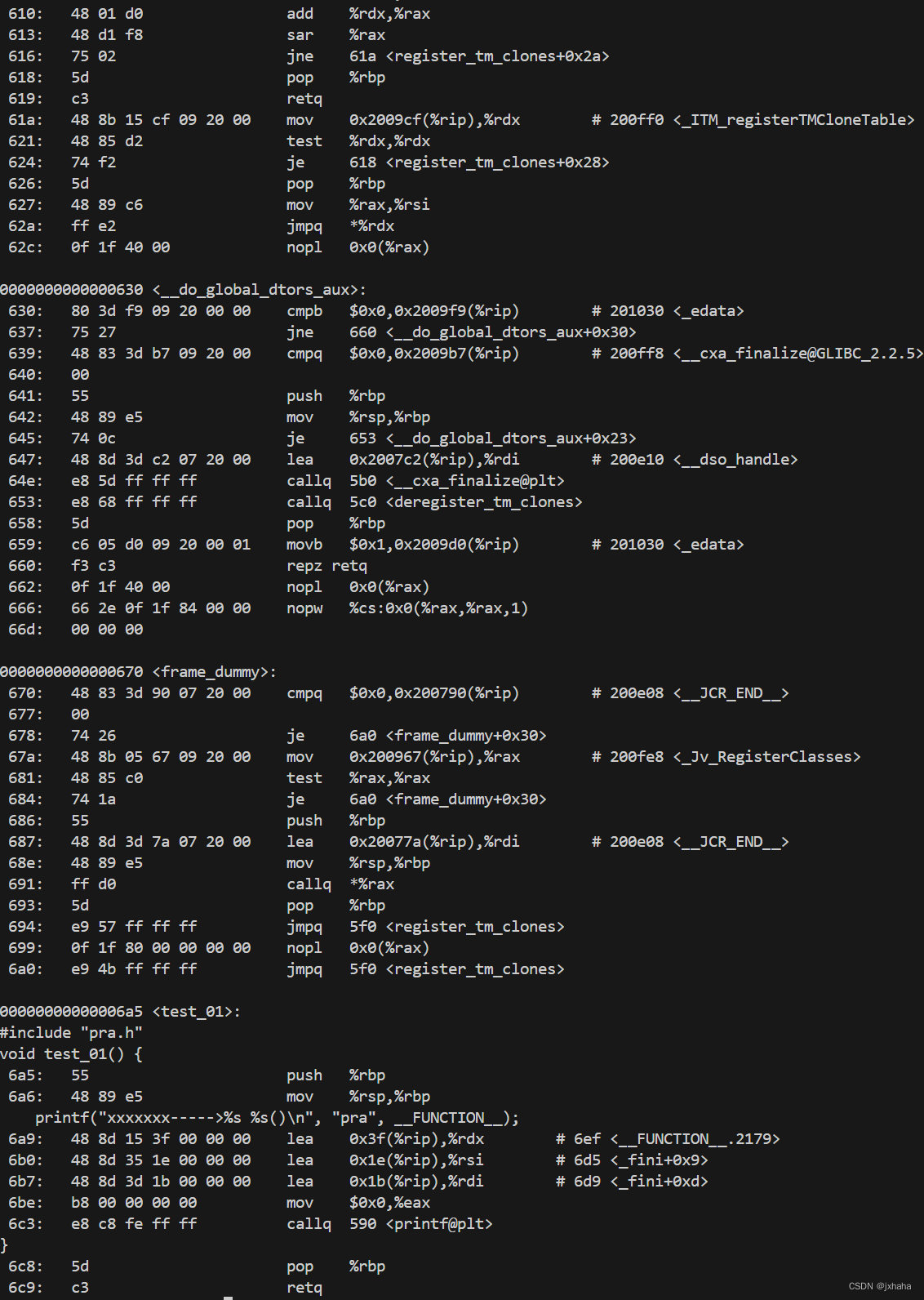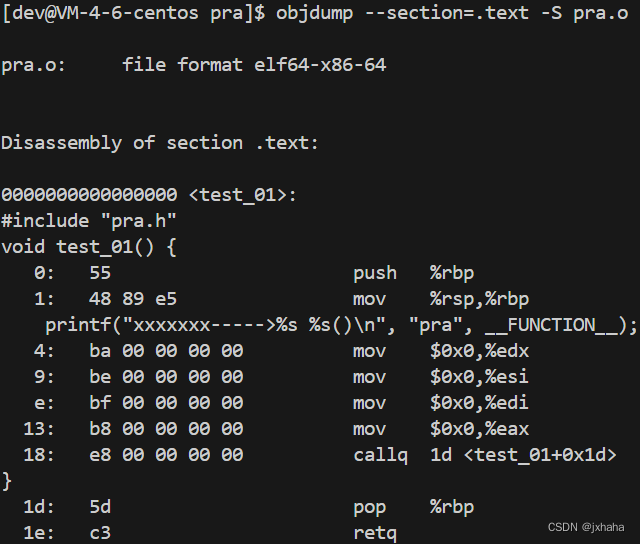回顾一下库相关的知识点,总结备忘一下。在某种情况下,你有了如下的代码,结构如下

//pra.h
#include <stdio.h>
void test_01();
//pra.c
#include "pra.h"
void test_01() {printf("xxxxxxx----->%s %s()\n", "pra", __FUNCTION__);
}//test.h
#include <stdio.h>
void test_01();
__attribute ((visibility("default"))) void test_02();
//test.c
#include "test.h"void test_01() {printf("xxxxxxx----->%s()\n", __FUNCTION__);
}__attribute ((visibility("default"))) void test_02() {printf("xxxxxxx----->%s()\n", __FUNCTION__);
}//main.c
#include "pra/pra.h"
#include "test/test.h"int main() {test_01();return 0;
}
假设,pra和test分别代表第三方动态库。
小白需要让编译上述代码并运行,编译过程如下
//生成动态库libtest.so
gcc -fPIC -shared test.c -o libtest.so
//生成动态库libpra.so
gcc -fPIC -shared pra.c -o libpra.so
1、两个动态库含有同名函数
a. 不做特殊处理的时候
链接的时候,哪个库在前,用哪个库里面的函数实现

b. 通过fvisibility进行控制
假设,main函数只希望执行libtest.so的test_01函数
可以在编译libpra.so加入-fvisibility=hidden
gcc -fPIC -shared -fvisibility=hidden pra.c -o libpra.so
这样随意调整动态库顺序,最终只会调用libtest.so对应的函数

通过readelf查看一下,可以看到libpra.so中test_01函数是LOCAL.
2、两个动态库含有同名函数
ar -rv libtest.a test.o
ar -rv libpra.a pra.o
哪个静态库在前,用哪个静态库的函数

3、反编译
3.1 查看动态库源码
编译代码的时候需要加入-g参数
gcc -fPIC -shared -g pra.c -o libpra.so
objdump --section=.text -S libpra.so
可以得到如下的结果,最后一小节就是源码了

3.2 查看静态库源码
先生成静态库
gcc -g -c pra.c -o pra.o
ar -rv libpra.a pra.o
静态库的反编译需要先将.a文件还原成.o文件,再查看。
ar -x libpra.a //会得到pra.o
objdump --section=.text -S pra.o







ALGO-953 混合积)


)




)




